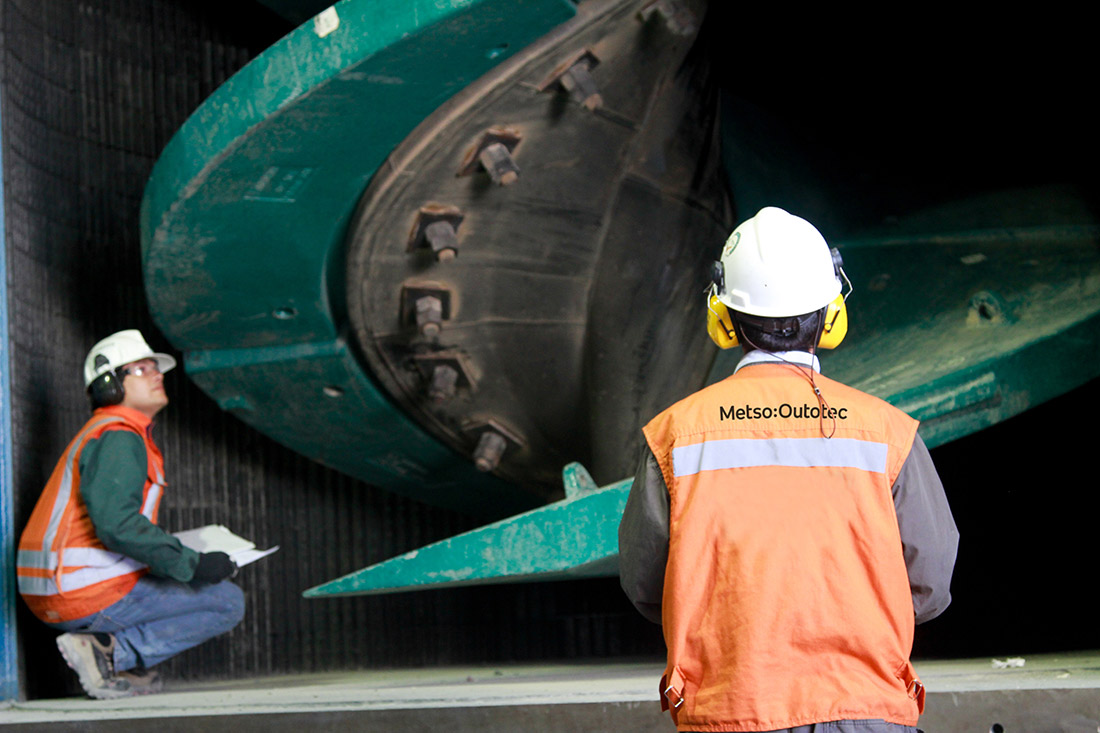Column: After another boom and bust, where next for lithium?

Lithium boom has turned to lithium bust over the last two years as a wave of new supply overwhelms weaker-than-expected demand for electric vehicle (EV) batteries.
The CME contract for lithium hydroxide has collapsed from a 2022 high of $85,000 per metric ton to $11,930. The CME carbonate contract was above $40,000 when it began trading in July 2023 and has since slumped to $12,850.
Lithium has been here before. There was a similar boom-bust cycle in 2016-2017 but the difference this time is that no-one seems to be expecting a speedy recovery.
The short-term outlook is for prices to trundle along at the lows as the market digests surplus material.
The longer-term picture is more positive as governments force the transition to electric vehicles but there will be no return to the giddy heights of 2022 in the next 10 years, according to analysts at BMI, a Fitch Solutions company.
Don’t be too quick to write off either lithium or the electric vehicle sector, though. The current price bust has been exacerbated by one-offs on both the supply and demand sides of the equation.

Too much supply
Lithium producers view their product as a bespoke chemical tailored to battery-makers’ tight specifications rather than as a generic commodity.
Yet lithium’s price behaviour is that of any other commodity, periods of high pricing encouraging over-production which must then be weeded out by periods of low pricing.
That pattern is currently playing out as producers trim output and defer expansion plans in reaction to the new much lower price reality.
One little-discussed element of the current glut, however, is the surge in artisanal mining (ASM) in Africa, particularly in Nigeria and Zimbabwe.
Research house CRU estimates that artisanal miners accounted for almost two-thirds of African lithium supply in 2023 with volumes nearly equivalent to the global market surplus last year.
African shipments of ore and low-grade concentrates accounted for a quarter of China’s total lithium imports in the first quarter of this year on a metal contained basis, according to CRU.
Chinese entities are heavily involved in formalising artisanal supply which is centred on previous tin and tantalum mining areas.
However, ASM is particularly price sensitive. The current wave of independent production began when the price of spodumene ore was still above $6,000 per ton at the start of 2023. It is now closer to $1,000, challenging the economic viability of all but the richest of deposits.
More formalisation may result but as the cobalt market has learnt, ASM can be a very significant and very fast-moving swing component of the overall supply picture.
Too little demand
Compounding lithium’s price weakness has been a downgrade in expectations for EV sales as the Chinese market matures and the Western market loses some of its recent momentum.
The EV revolution has hit a slow patch but is far from going into reverse. BNP Paribas, for example, is still expecting global sales growth of 23% this year, equivalent to over 18.7 million vehicles.
What has changed, however, is the product mix. Sales of pure battery vehicles are flat-lining, while sales of hybrid gas-electric vehicles are booming, even in China.
Chinese sales of plug-in hybrids jumped by 90% year-on-year in April and May, while those of pure electric vehicles rose by a comparatively modest 10%, according to BNP.
This may be good news for the broader energy transition but it’s not so good for lithium since many hybrids use a nickel hydride battery with no lithium, the bank notes.
Hybrids, once viewed as a mere stepping stone on the journey from internal combustion to fully electric engines are proving remarkably popular with consumers worried about charging infrastructure and the relatively high cost of pure battery vehicles.
Automakers are responding. Stellantis, which saw hybrid sales grow by 41% year-on-year in Europe in the first half of the year, plans to expand its line of affordable hybrid vehicles to 36 models in Europe by 2026.
So too are governments. The Joe Biden administration has rowed back on its target of converting two-thirds of new vehicles to battery electric vehicles by 2032, allowing auto-makers to step up production of hybrids instead.
Full charge ahead
The automotive energy transition is still in full swing but is not matching the exuberant forecasts made a couple of years ago.
There is now too much lithium supply and too much battery capacity relative to consumer demand for electric vehicles.
The slowdown could easily reverse.
One critical facilitator will be the build-out of EV charging infrastructure, a sector which has attracted far less investment than battery manufacturing.
Car buyers in Europe and the United States are choosing hybrids because of range anxiety and they will continue to do so until they see more charging points.
The second key factor is price, with electric vehicles still more expensive than traditional cars everywhere outside of China.
Just as high lithium prices were good news for producers but not battery-makers, current low prices are bad news for the lithium sector but very good news for consumers in the form of lower battery prices.
Lithium-ion battery packs registered a 7% increase in price between 2021 and 2022, breaking a long-running downtrend, according to the International Energy Agency. High lithium prices were matched by bull markets in other battery inputs such as cobalt, nickel and graphite.
Battery prices are now tumbling as prices for lithium and other materials fall.
The average Asian nickel-cobalt-manganese battery cell price fell to $90 per kilowatt hour in May, according to analysts at Benchmark Mineral Intelligence. That was the lowest since 2021 and a long way off the March 2022 peak of $166.
The seeds of the next lithium upswing are already being sown in the current low-price environment.
It will likely not match the spectacular boom of 2022 but lithium’s history of price volatility isn’t over yet.
(The opinions expressed here are those of the author, Andy Home, a columnist for Reuters.)
(Editing by Jane Merriman)
More News
{{ commodity.name }}
{{ post.title }}
{{ post.date }}



Comments